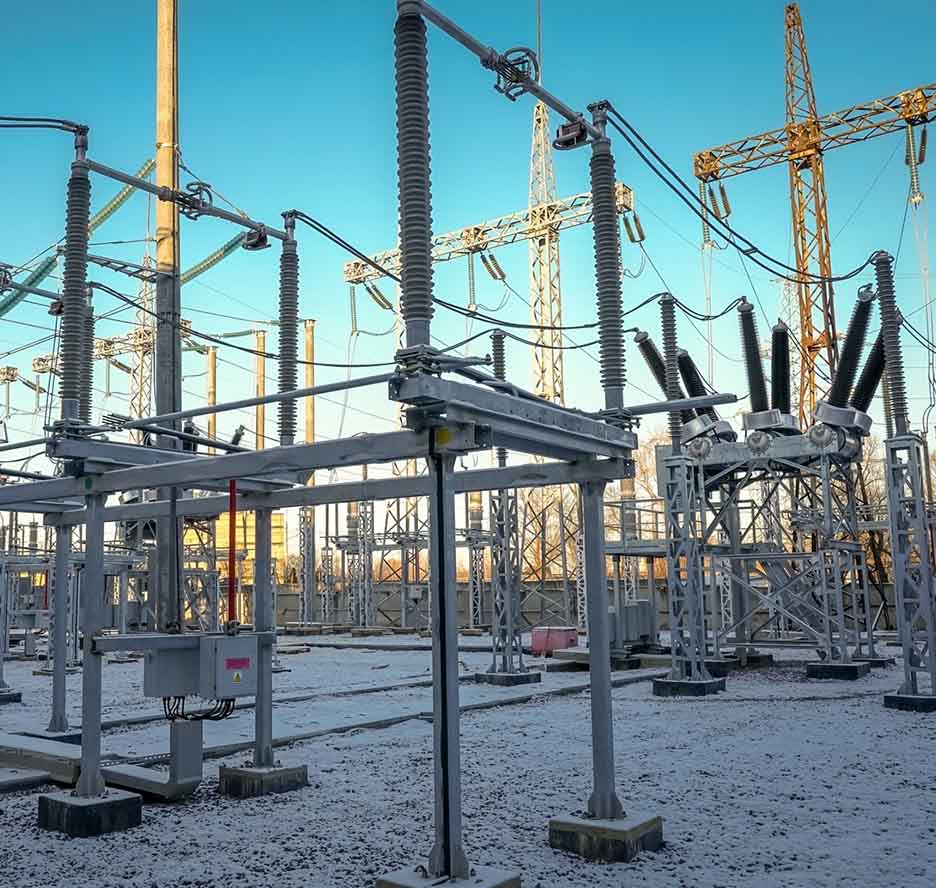Description
Symmetrical components and the per-unit system are two of the most fundamental and necessary types of mathematics for relay engineers and technicians in simplifying unsymmetrical faults. It’s important to practice these techniques in order to fully understand and feel comfortable with them.
This course provides both theoretical and real-world examples with questions that can be used to gain experience with symmetrical components. You will learn about faults due to the wrong operation in the power system.
There are two major problems that can occur in electrical systems: these are open circuits and short circuits. Of the two, the latter is the most dangerous because it can lead to very high fault currents and these currents can have very substantial effects (thermal heating and electromechanical forces) on equipment that may require replacement of equipment and may even cause fires and other similar ensuing effects in the electrical system.
To prevent problems from short circuits, it is necessary to design electrical protection systems that will be able to detect abnormal fault currents that may occur and then take remedial action to isolate the faulty section of the system in as short a time as is consistent with the magnitude of the short circuit fault current level.
You will learn in this course:
- Meaning of a fault in the electrical system
- Meaning of overloading in the electrical system
- Types of faults in the electrical system
- Classification of faults in the electrical system
- Difference between symmetrical and unsymmetrical faults
- Difference between earth and phase faults
- Classification of faults according to time and number of phases
- Equations and phasor diagram of a healthy system
- Equations and phasor diagram of a three-phase fault
- Equations and phasor diagram of a single line to ground fault
- Equations and phasor diagram of a line to line fault
- Equations and phasor diagram of a double line to ground fault
- Effect of open-circuit fault on electrical power system
- Current and voltage waveforms in case of an electrical fault
- Representation of electrical components, reactance diagram, and per-unit system
- The solution of several examples on per unit system
- Different reactances in the electrical machine during fault
- Thevenin method and steps of analyzing symmetrical faults
- The solution of many examples on symmetrical faults
- Conversion of the unbalanced system in symmetrical faults into balanced systems
- Modeling different components for reactance diagram
- Example on drawing the reactance diagram of +ve, -ve, and zero sequences
- Equivalent circuits for different fault types
- Solution of examples on unsymmetrical faults in the power system
For more information and a course preview, please visit the course page:
Learn to Analyse Faults in Power Systems: Theoretical and Real-World Examples







Reviews
There are no reviews yet.